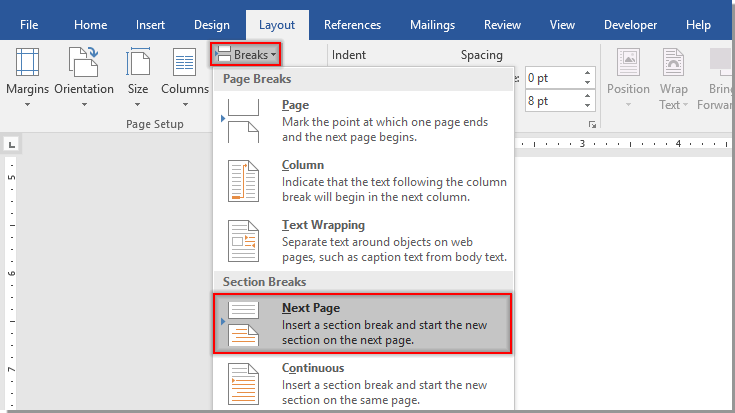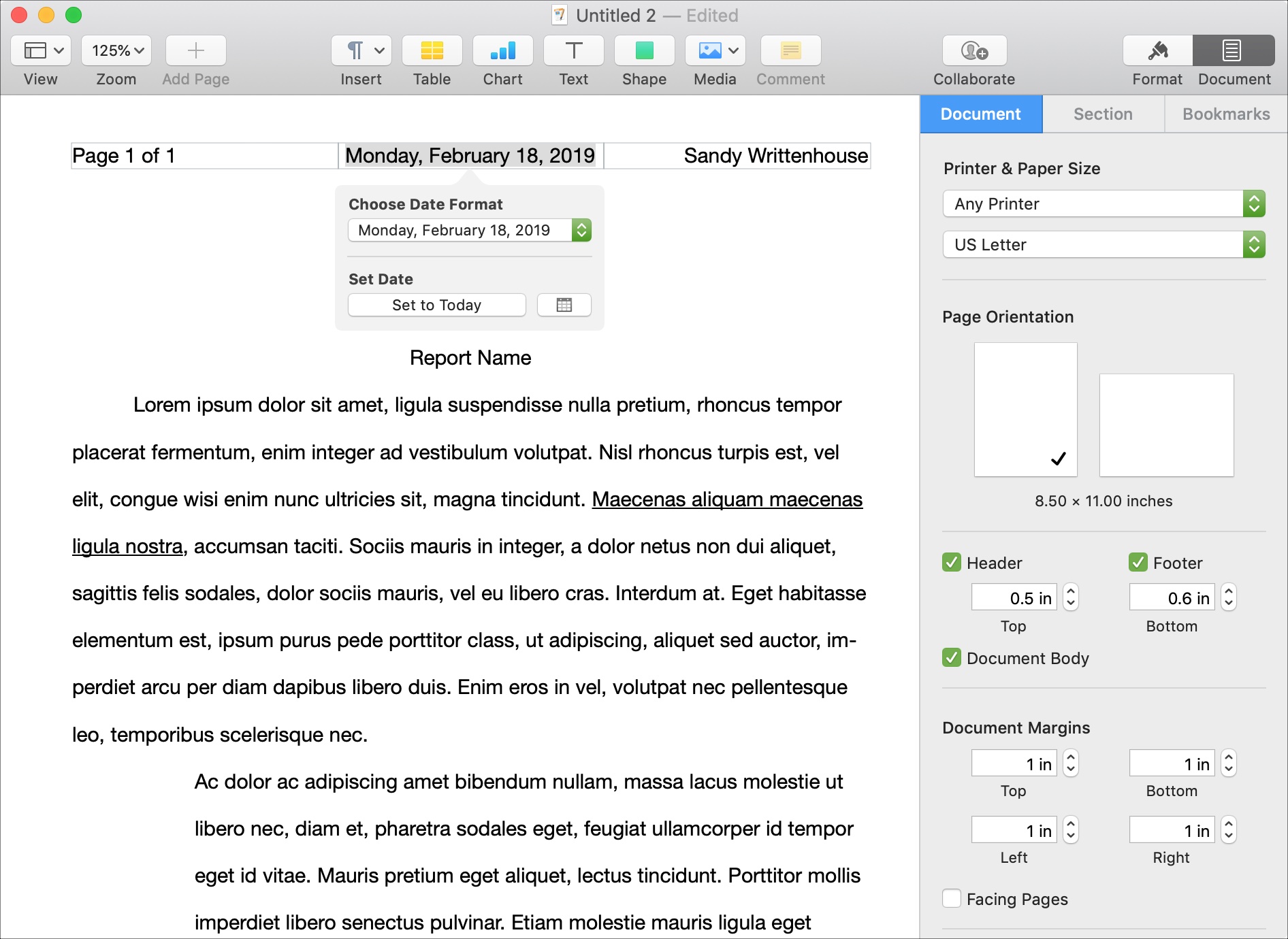

When you’re ready to get back to your document, you can tap the “Close Header & Footer” button on the Ribbon or double-click anywhere in your document outside the header or footer area. If you inserted page numbers at the top or bottom of the page, the header or footer area of your document automatically opens up, and you can make any addition you like around your new page numbers.

WORD FOR MAC FOOTNOTE ON SAME PAGE HOW TO
RELATED: How to Insert Page X of Y into a Header or Footer in Word In this example, we’ve selected the “Accent Bar” style in the “Page X” format. Once you find an option you like, go ahead and click it to have Word automatically number all the pages of your document in that style. Each option in the gallery gives you a general idea of how the page numbers will look on your page. Hover over one of the first four options and a page number gallery appears. The last couple of options let you format your page numbers more precisely (something we’ll look at a bit later in this article) or remove page numbers from your document. Looking for more help with Word for Windows? If you have an Office subscription, see " Word for Office 365/Microsoft 365 cheat sheet." If you have a non-subscription version of Office, see " Word 20 cheat sheet." We've also got cheat sheets for an array of other Microsoft products, including older versions of Office.To add page numbers to your Word document, switch over to the “Insert” tab on the Ribbon and then click the “Page Number” button in the “Header & Footer” section.Ī drop-down menu shows several different options for where you’d like the page numbers to appear-top of the page, bottom of the page, and so on. Split the document window or remove the split Switch among the last four places in the document you edited Open the Search and Replace dialog box (Windows) / Find and Replace pane (Mac) Open the Navigation pane to search for text, images, more (Windows) / use the search box (Mac) Useful Word keyboard shortcuts Source: Microsoft Actionĭelete selection and copy it to the clipboard

Note: On Macs, the ⌘ key is the same as the Command or Cmd key.

For even more shortcuts, see Microsoft's Office site. Most work whether you’re using a subscription (Microsoft 365/Office 365) or non-subscription version of Word. We've listed the shortcuts we've found the most useful below. (Fewer shortcuts are available for the Mac, but you can create your own custom keyboard shortcuts if you like.)
WORD FOR MAC FOOTNOTE ON SAME PAGE WINDOWS
There are keyboard shortcuts to accomplish a vast array of tasks in the Word desktop client, in both the Windows and Mac versions. Why bother to lift your hands from the keyboard if you want to open or close a document, apply formatting to text and paragraphs, do a spell check, navigate through a document, or undo and redo actions? With keyboard shortcuts you won’t have to. Word’s Ribbon interface is great for finding everything you might ever want to do in the word processor - particularly things you don’t do frequently, like inserting footnotes or doing a mail merge.īut if you’re looking to do common tasks fast, you’ll find keyboard shortcuts far more useful.


 0 kommentar(er)
0 kommentar(er)
